There are 25 beneficial companion plants for raspberries and another 7 plants that should not be planted with them.
Growing up, my great-grandma lived in a small neighbourhood lot in Urbana, Illinois. She used every inch of that property to grow flowers, fruits, and vegetables. Of course, what everyone loved the most was her raspberry jam.
For whatever reason, because I always remember them growing like weeds behind her old peeling garage, I always thought they must be easy to grow. After all, her patch was far from perfect, but it still produced heavily.
However, my first 2 attempts at growing raspberries were miserable failures. I did everything wrong. My third attempt is going much better after learning the simple proactive steps I could take to grow berries just as memorable as hers.
As it turns out, my great-grandma knew a few things about good soil, lots of sunshine, and companion planting. And that made all the difference!
Table of Contents
How Do Companion Plants Benefit Raspberries?
Companion plants can help raspberries in a variety of ways. They can protect them against pests, fungal and bacterial infections, and even wildlife. So choosing the right ones for your needs is important!
Other companion plants will improve the solid by fixing nitrogen or providing mulch to retain moisture. And some companion plants, specifically cover crops, are grown and cut down or mulched before raspberry beds are ever started.
Knowing each companion plant’s unique benefits will ensure a successful berry patch!
25 Companion Plants for Raspberries to Make a Bigger and Better Patch
1. Alfalfa

Benefits: Nitrogen fixing
Along with other cover crops, Alfalfa is beneficial to the soil because it is nitrogen-fixing. Raspberry plants are ideally planted about 12 feet apart. Alfalfa and other cover crops can be planted in between the raspberry rows and then eaten down by foraging livestock. That of course would have the added benefit of animal manure being added as well.
Alfalfa can either be cut and harvested or mulched to add even more benefit to the soil.
2. Annual Ryegrass
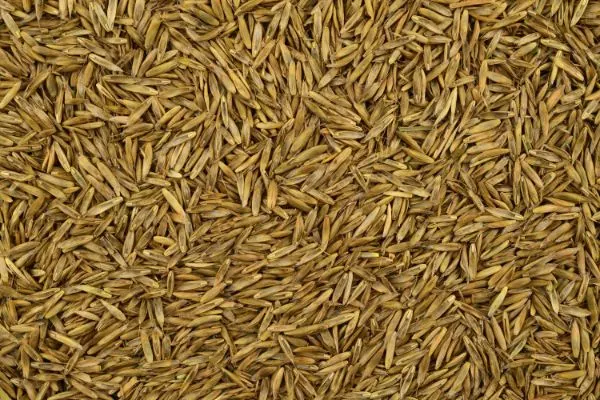
Benefits: Nitrogen fixing
Along with Winter Rye and Field Brome, Annual Ryegrass can be used to prepare the site for future plantings of raspberries. The ryegrass will fertilize the soil and improve its organic content.
3. Buckwheat
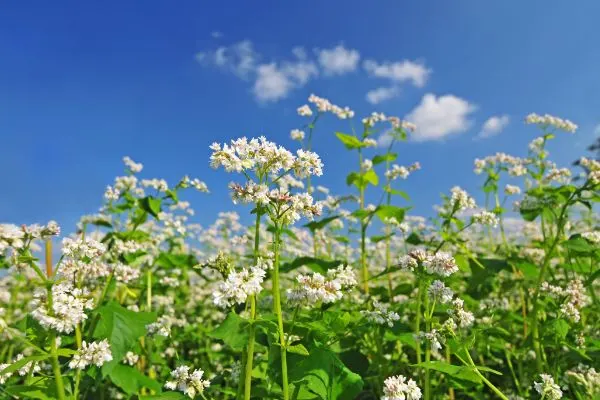
Benefit: Nitrogen fixing, pre-planting
If you are planning to grow raspberries and your soil has a low PH, planting buckwheat can improve the soil PH and be nitrogen-fixing! Plan to cut down before plants go to see unless you want them to reseed.
4. Chamomile
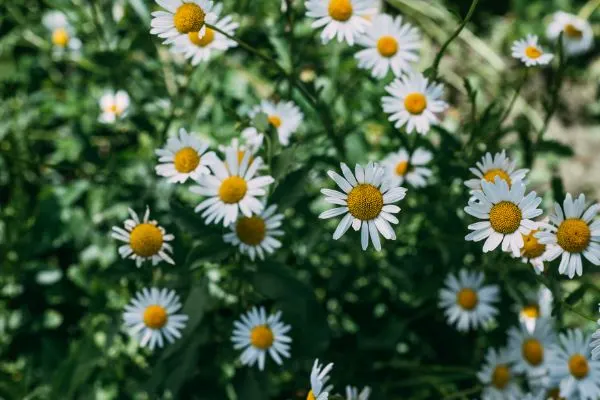
Benefits: Antifungal, antibacterial and attracts pollinators
Chamomile is a lovely plant whose delicate flowers can be used for making herbal teas. But the plant itself provides powerful benefits as a companion plant to raspberries and other plants in the garden. In addition to attracting pollinators, the plant has antifungal and antibacterial benefits that protect things growing nearby. Be sure to add this multipurpose plant to your patch!
5. Chervil
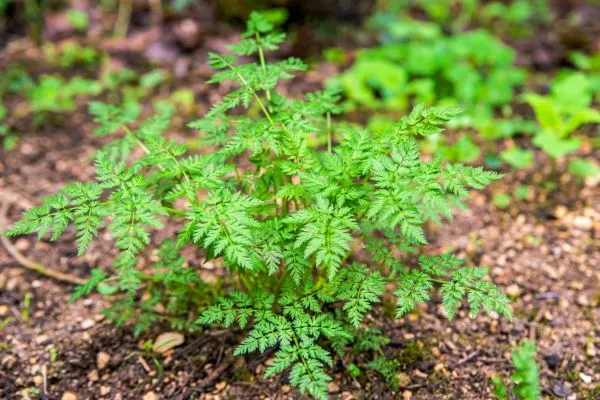
Benefits: Chervil is excellent at repelling ants, Japanese beetles, and squash bugs away from raspberry canes.
Chervil is also known by the name French Parsley. Its flavor is similar to parsley with mild licorice or anise flavor. When it flowers, it has the additional benefit of attracting pollinators to your raspberry plants. Tall raspberry canes will benefit Chervil as well by shading the plants from the intense sun.
6. Chives
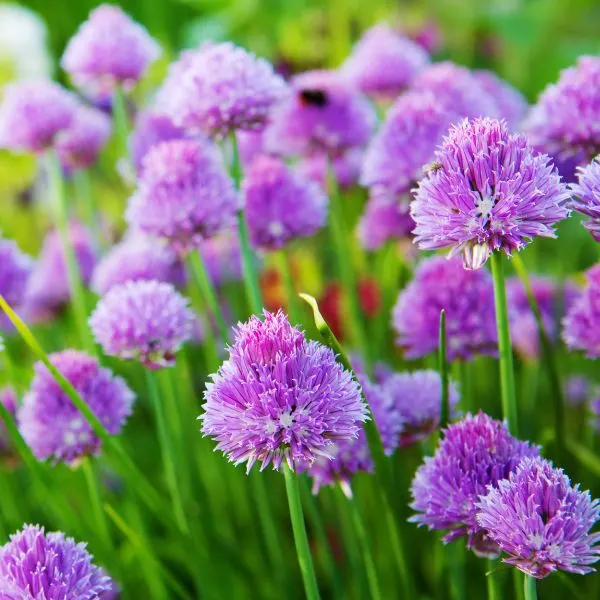
Benefits: Chives repel Japanese beetles, deer, and rabbits. Chives are antifungal.
Chives are an absolute must in every chef’s garden. You can add these delicious alliums to just about everything savory. As companion plants for raspberries, their distinct smell repels both insect and wildlife pests. Additionally, their beautiful purple flowers attract pollinators to your raspberries. These can be grown in the ground or in pots. I highly recommend pots as chives have the tendency to take over wherever they are planted!
7. Comfrey

Benefits: Nitrogen fixing, natural mulch, attracts pollinators
Comfrey is a plant with amazing benefits…for the skin and for plants! Planted as companion plants for raspberries, it grows quickly and will attract pollinators and fix nitrogen in the soil. When it is mature, it can fall over into a natural mulch. Like many perennials it can become invasive if it goes to seed, so many people prefer Russian Comfrey which has sterile seeds.
The leaves and roots of comfrey can be used to make many salves and ointments as well.
8. Crimson Clover
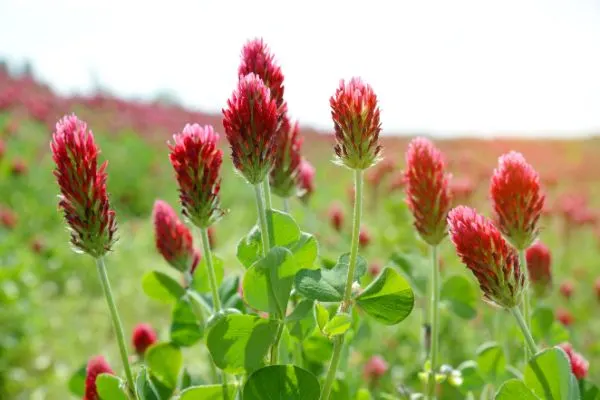
Benefits: Nitrogen fixing, weed management, and attracts pollinators
Crimson Clover can be planted as a cover crop near raspberries to add nitrogen to the soil and improve the soil overall. Not only does it fix nitrogen in the soil, but it also acts as a nutrient scavenger, finding and bringing up nutrients from down deep in the soil.
When used as a cover crop, it can be planted 6-8 weeks before the first frost or after the danger of frost has passed. It can be mowed down after the early buds grow with the roots left in the soil. This should be mowed down before flowers go to seed or it will reseed itself and make it more difficult to manage.
Like other cover crops, when mowed, it can be fed to your cows or other livestock as part of their feed!
9. Field Brome
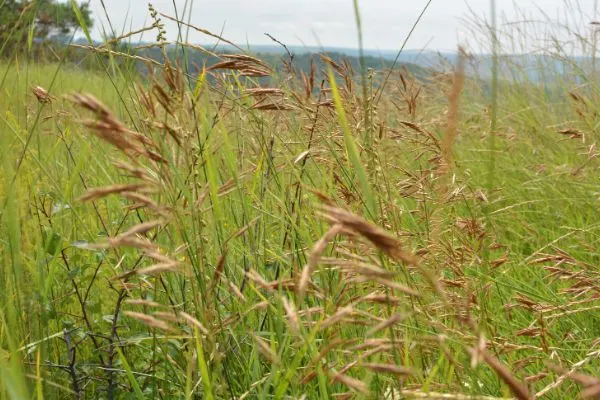
Benefits: Nitrogen fixing green manure crop
Not all companion plants are designed to be planted next to each other. This is one. Field Brome is an annual rye grass that can be planted before you ever plant your raspberries. It will help improve the nitrogen and organic material in soil that may be poor, to begin with.
10. Garlic
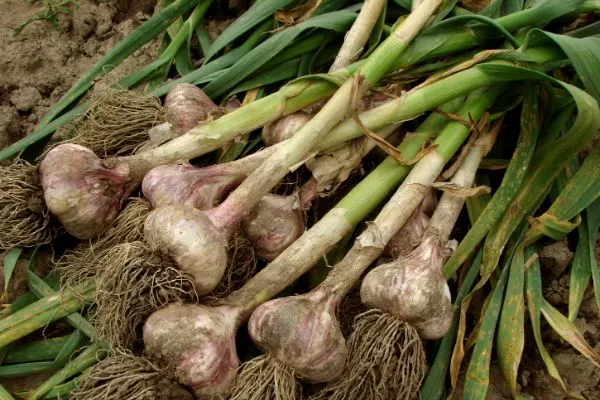
Benefits: Garlic repels Japanese beetles, deer, rabbits, and other wildlife. Garlic has antifungal properties.
If you are wanting to get a jump on planting companion plants before spring, consider adding garlic to your raspberry beds. Ideally planted in October, garlic is great for raspberry plants as it repels the troublesome Japanese beetles as well as local wildlife. Your garlic can be harvested the following fall giving you nearly a full season of benefits!
11. Lavender
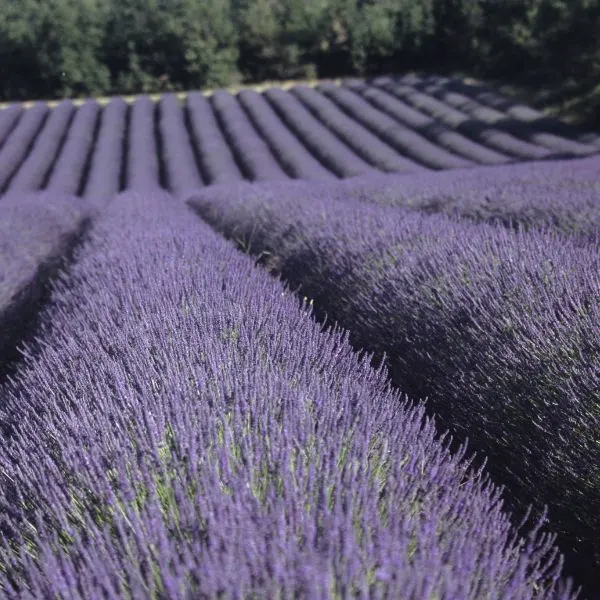
Benefits: Repels deer and rabbits and attracts pollinators to the garden.
Lavender is a wonderful multi-purpose plant that should be in your garden to repel unwanted wildlife away. These plants are ideal companion plants for raspberries as they have similar growing needs to raspberries and do not like wet feet. Lavender prefers moist well-drained soil. Use the flower buds for skin care products, as edibles in pastries, and as a flavoring for drinks.
12. Leeks
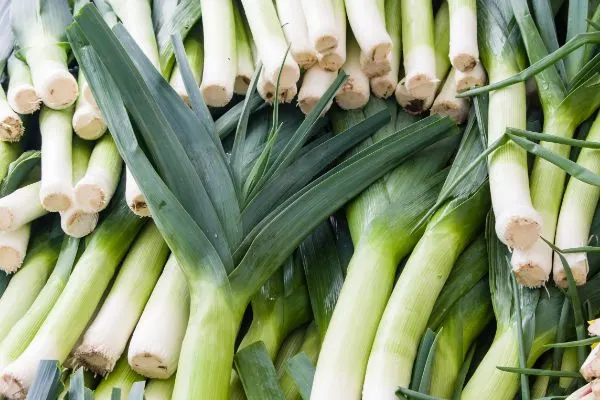
Benefits: Onions repel Japanese beetles, deer, and rabbits. Chives have antifungal properties as well.
Along with other members of the allium family, leeks are a powerful companion plant for raspberries. Leeks have a strong odor that repels Japanese beetles. Additionally, they have antibacterial and antifungal properties that prevent common plant diseases. Leeks can be started indoors in early winter to be planted outside in the spring.
13. Legumes
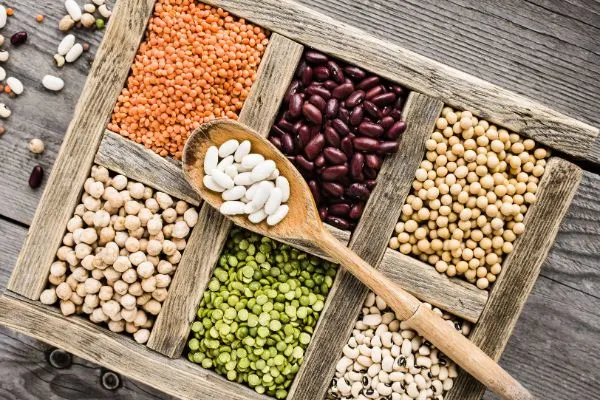
Benefit: Nitrogen fixing
Add beans, peas, chickpeas, lentils, soybeans, and peanuts to your garden near your raspberries to give them an amazing boost of nitrogen.
14. Marigolds
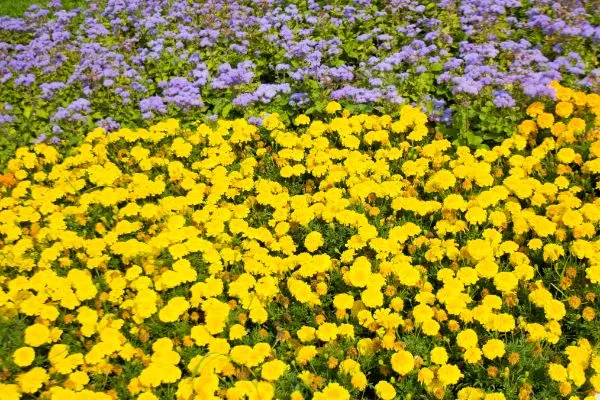
Benefits: Attracts pollinators and repels invasive pests.
Gardens with marigolds have a happy healthy inviting look. The bright yellow and orange flowers make a wonderful addition to any garden and are great companion plants for almost everything! As an added bonus, they are edible. You can add them to salads…press them into sugar cookies or eat them plain!
Marigolds are especially good at repelling pests like eelworms and nematodes. They can be planted outside after the last frost.
15. Mint
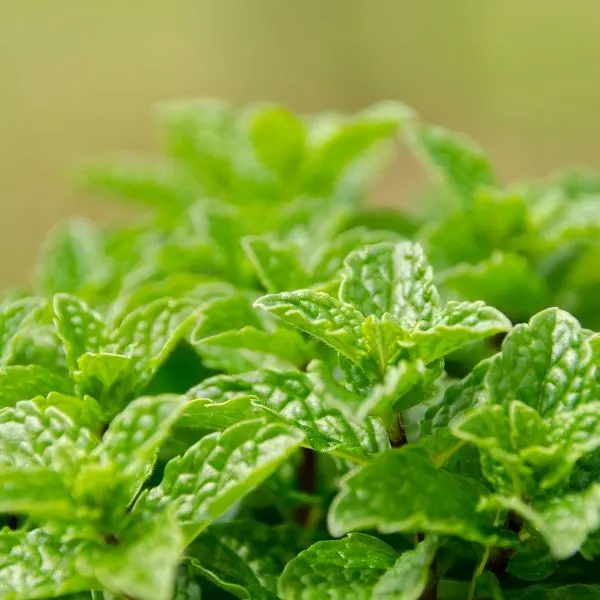
Benefits: Repels Japanese Beetles and aphids
Mint’s distinct smell that makes it so delicious is also what repels insects like Japanese beetles and aphids. I strongly recommend planting this in its own pot to be placed near your plants rather than planting mint right in the ground. It spreads very quickly and can become very invasive. Planted in a pot, it will offer the same companion plant benefits, but will not become a huge task to manage!
16. Nasturtiums
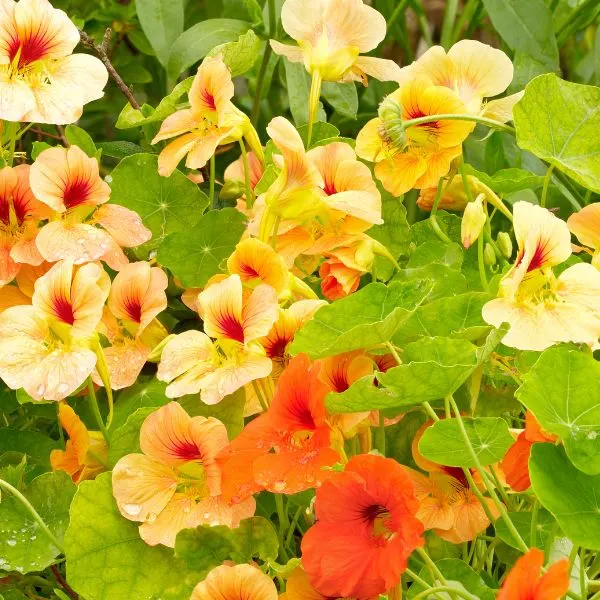
Benefits: Repel squash bugs.
In some parts of the country squash bugs are quite the pest, chewing through all kinds of plants like raspberries, not just pumpkins, and squash. They are terrible! Nasturtiums actually repel these creatures and make your garden look bright and showy at the same time. They also attract pollinators to the garden which improves fruit production.
17. Onions
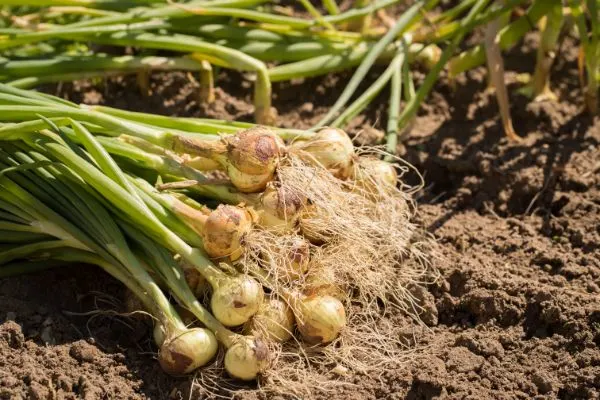
Benefits: Onions repel Japanese beetles, deer, and rabbits. Onions have antifungal and antibacterial properties as well.
Onions are one of the most practical members of the allium family and so easy to grow alongside other plants. You can start your seeds indoors in mid to late fall and transplant them outside 4-6 weeks before the last frost. Or you can plant directly outside in March or April. As companion plants, you can line beds you are companion planting with onions or you may choose to tuck onions around other plants in a bed with a variety of plants.
18. Pine Trees

Benefits: Adds nutrients and increases the acidity of the soil
Pine trees aren’t commonly considered as companion plants. They aren’t edible food plants after all. However, pine trees can be planted near raspberries to benefit them in a couple of ways. First, pine needles can be used as mulch for raspberries. You can do this even if you have other pine trees in the yard. Simply rake up the needles and add them to your raspberries.
Pine needs will add extra acidity to the soil. Raspberries prefer a PH of 5.5 to 6.5 so this addition is helpful. If pine trees are planted near the raspberries, make sure they are only giving partial shade. Raspberries need 6 to 8 hours of full sun a day for optimum fruit yield.
19. Rue
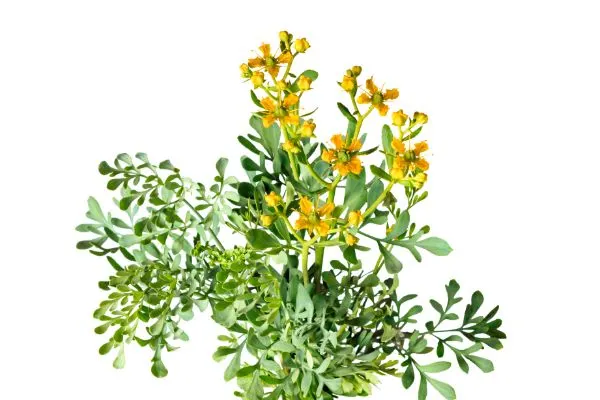
Benefits: Attracts pollinators and beneficial insects like parasitic wasps
Rue is a perennial herb that grows in well-drained soil. While it should not be eaten, its benefits as a pollinator should not be ignored. Specifically, it can grow in poor soil that may be rocky and where other plants have a hard time getting established.
Rue is often harvested as dried flowers and made into sachets to deter pests like fleas and ants.
20. Spring Oats
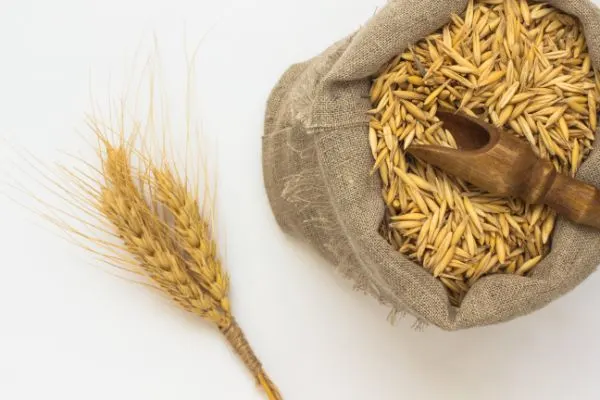
Benefit: Nitrogen fixing, pre-planting
Prepare the site of your future raspberry bed with plantings of spring oats. These can be planted in soil with a PH as low as 5.5 that is well drained and can be turned into the soil when they are grown to improve the organic matter and PH in preparation for raspberries!
21. Tansy
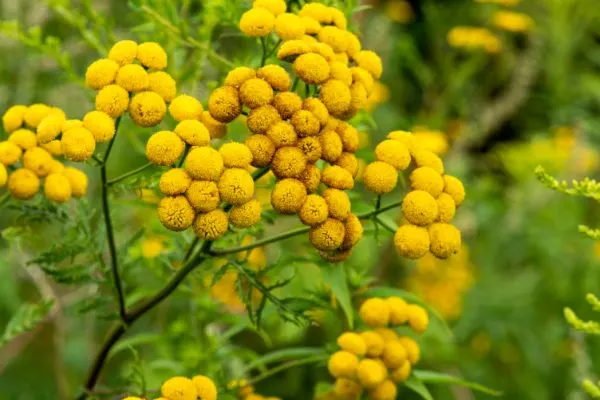
Benefits: Attracts pollinators and repels mosquitos and moths
In your flower companion plant garden for your raspberries, be sure to include Tansy. Its delicate yellow flowers will accent the other raspberry companion flowers and repel garden pests at the same time.
22. Turnips
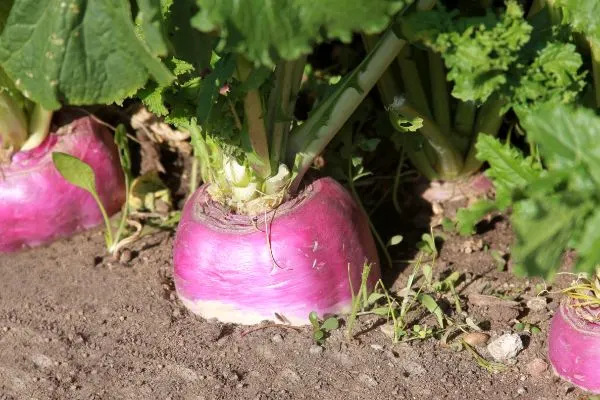
Benefits: Acts as a trap crop for Harlequin beetles.
Harlequin beetles can be horrible pests in some areas. If that is the case, they may destroy your raspberry plants. However, these beetles love brassica plants more than raspberries. When turnips are planted near the raspberries, they will be more attractive than the raspberries.
However, to ensure they actually “trap” these beetles, they should be grown in late fall after the main crop is harvested. Once the beetles have concentrated on the turnips, they should be killed with insecticides or covered with straw and burned. Do not use this companion plant for these beetles unless you intend the properly manage these insects or it will cause a bigger problem.
23. White Clover
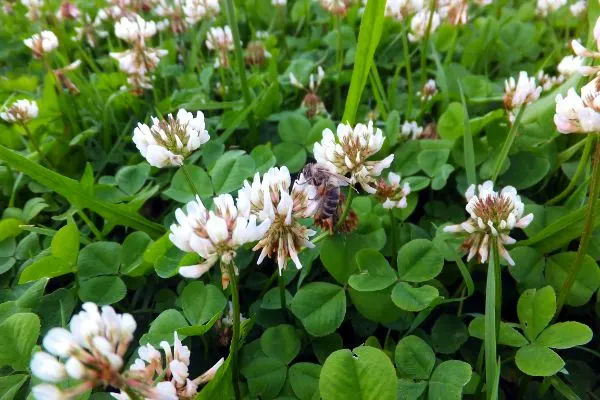
Benefits: Nitrogen fixing, attracts pollinators, and weed management
As another cover crop option, white clover can benefit raspberries when it is planted nearby as a cover crop. It can be used individually or as a blend of cover crop seeds. As with other cover crops, it needs to be carefully managed to be beneficial as a companion plant. It can be grown to attract pollinators, but it needs to be mowed down before flowers go to seed. When it is mowed, it will continue to improve the soil as the roots break down and release their nitrogen. As an added benefit, if you have livestock animals or chickens, the mowed clover can be fed to them as well!
24. Winter Rye
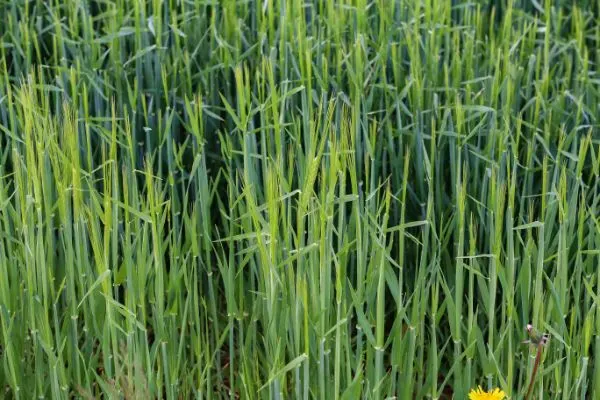
Benefits: Nitrogen-fixing covers crop
Prepare the site of your future raspberry beds by planting winter rye as a cover crop. Along with plants like blueberries, raspberries will benefit from the soil improvements made by planting winter rye before you start your new beds.
25. Yarrow
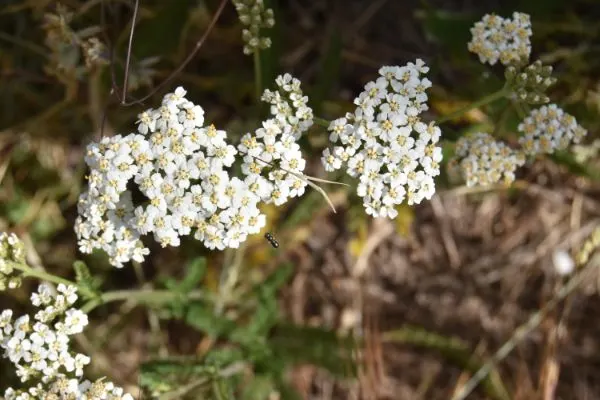
Benefits: Attracts pollinators and repels aphids and harlequin beetles
Yarrow is another beautiful flower whose white blossoms attract wonderful bees and butterflies to pollinate your raspberries. It also repels aphids and harlequin beetles which can damage raspberry plants. These flowers grow 2 to 3 feet tall when mature so be sure to ensure proper spacing if you use these in your garden!
Bad Companion Plants for Raspberries
1. Tomatoes

Tomatoes and raspberries are both prone to verticillium wilt and other fungal conditions. Do not plant these next to each other to prevent fungus from going back and forth between them.
2. Potatoes
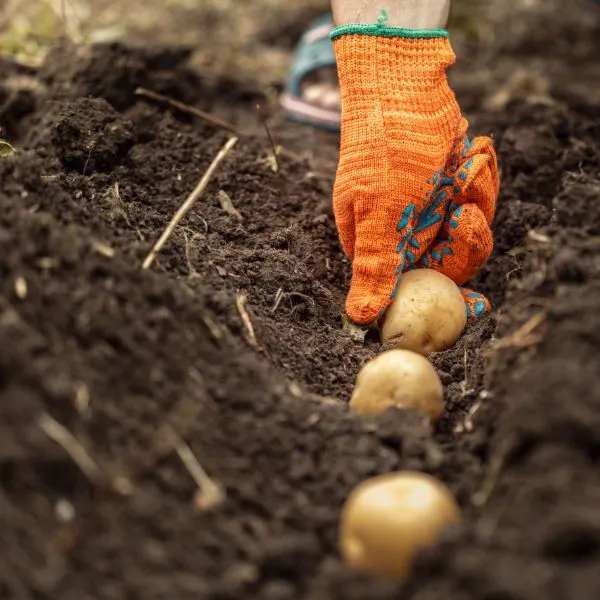
Potatoes should not be planted near raspberries or plants in the nightshade family. They may share fungal diseases and should be kept apart.
3. Fennel
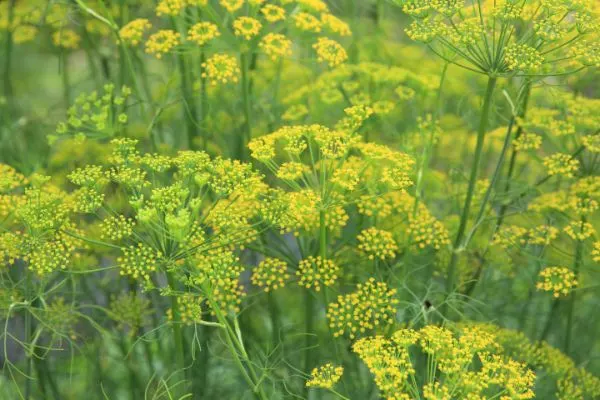
Fennel is not a companion plant for raspberries…or really anything else. Its roots release a chemical that can prevent nearby plants from growing and developing. This one will work against your raspberries!
4. Strawberries
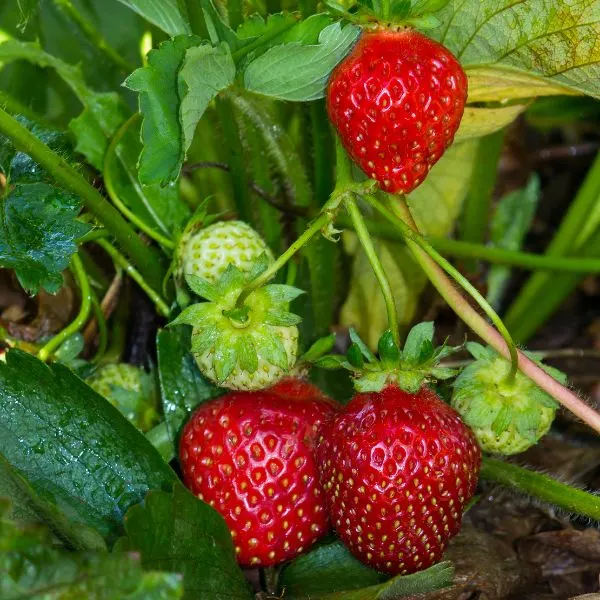
It might be tempting to plant your berries near each other. But these ones are not friendly toward each other. Raspberries and Strawberries are both susceptible to verticillium wilt and fungal diseases.
5. Eggplant
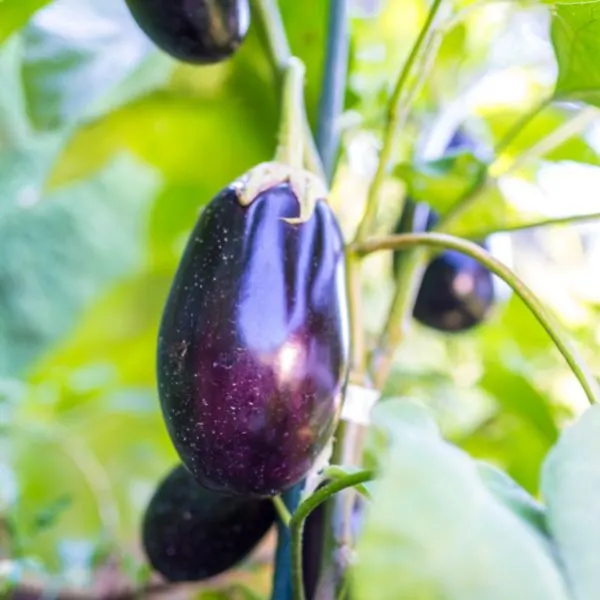
As another member of the nightshade family, the eggplant should not be planted near raspberries because they are susceptible to the same fungal diseases…just like tomatoes, potatoes, and peppers.
6. Peppers
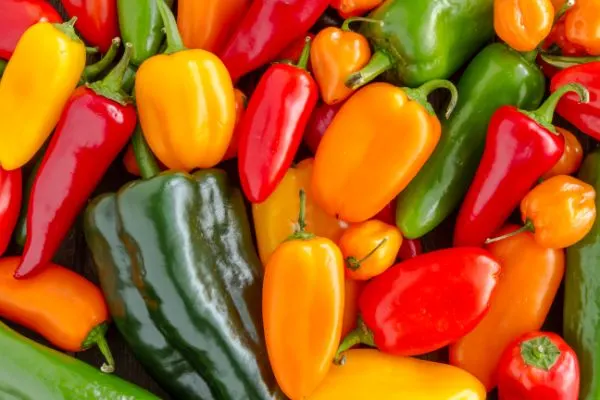
It might be tempting to plant these near raspberries as they both like similar soil and sun conditions. However, they are both prone to fungal diseases too. Keep them apart!
7. Blackberry and Black Raspberries
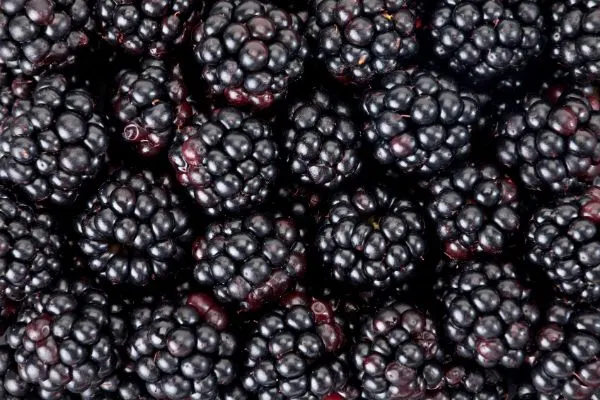
All of these delightful caned plants are prone to fungal blight so keep all red, yellow, and black varieties of raspberries planted far apart from each other.
Ideal Raspberry Growing Conditions
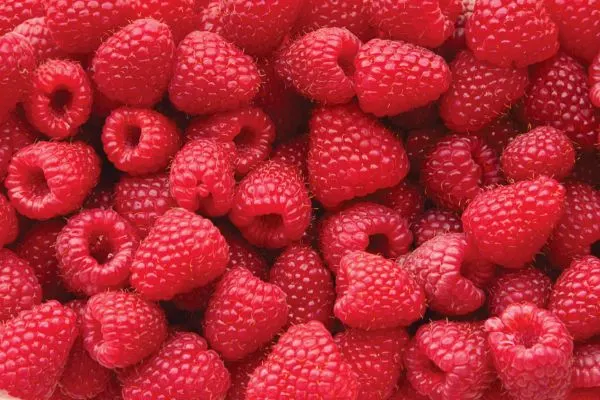
In order for raspberries to do well in your garden, you will need to make sure that the soil is optimized in addition to using companion plants. As you look at that optimized soil, it is important to choose companion plants that do well with the same growing requirements or they will not do well together.
Here is what they need:
- They like slightly acidic soil with a PH level between 6.5 and 6.7.
- The soil needs to have organic materials mixed in. This loose rich soil will allow the raspberries to be productive and multiply more easily.
- Soil needs to both retain moisture and drain well. Raspberries can be mulched but make sure they are not planted where there is often standing water.
- Raspberries love sunshine. Make sure they are planted in full sun…or a spot that gets between 6 and 8 hours of sun a day. Getting less sun is possible, but it may affect the berry size and the volume of fruit.
- Spacing
Summer-bearing raspberries should be planted 2 feet apart. Rows should be 10-12 feet apart.
Everbearing raspberries need a bit more space between the plants. It is recommended that they be 2.5 feet apart. Rows should be 10-12 feet apart.
Companion plants should not infringe on the space between the raspberry plants in their rows. Otherwise, they may compete for nutrients and become overcrowded.
Raspberry Varieties
Red Raspberries are classified as either everbearing or summer-bearing. Everbearing produces fruit in the spring and again in the fall. They bear in July and August on the 2nd year woody canes and then they die.
Summer-Bearing Raspberries:
The summer-bearing varieties have 2 cane types…new green canes…and old woody ones. They are hardy in Zones 3 to 8 with a few tolerating warmer zones 6 to 9. The cultivars include Boyne, Cascade Delight, Killarney, Raspberry Shortcake, and Royalty.
Everbearing Raspberries:
These are also a good option in warmer climates as these varieties can be grown in Zones 4 to 8. The best everbearing raspberry varieties include Anne, Dorman Red, Fall Gold, Heritage, Jewel, Joan J, and Polka.
FAQ About Raspberries
What should you not plant next to raspberries?

Raspberries should not be planted with tomatoes, peppers, eggplants, strawberries or fennel.
What grows well next to raspberries?
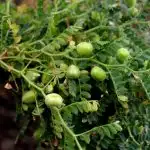
Raspberries are friendly to a wide variety of legumes and cover crops.
Can tomatoes be planted next to raspberries?
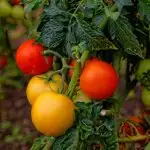
No, tomatoes are prone to fungal blights that raspberries are also susceptible to so they should be planted apart.
Can raspberries grow under fruit trees?
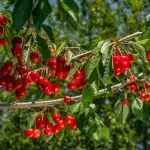
Raspberries require full sun or at least 6-8 hours of sun per day. Planting directly under fruit trees will likely provide them with too much shade. However, planting near fruit trees as part of a storied gardening approach may be beneficial. A fruit tree often draws pollinators which will help raspberries.
Can i plant sunflowers next to raspberries?

Yes, but they need to be planted at a distance. If they are planted too close then the roots of the sunflowers will likely take the water away from the raspberries.
Can i plant cucumbers near raspberries
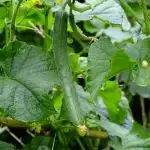
Yes you can grow them both together. Raspberries are more of a shrub while cucumbers are a vine plant and can be grown verticially.
With the right positioning you can optimize your horizontal and vertical space.
Successful Raspberry Planting Benefits From a Plan
Having tried to grow raspberries several times, I can tell you from personal experience that growing them successfully does not happen by accident. Before mine started to grow well, I first had a couple of attempts that did not work.
In both cases, I did not plant them in good organic material, make sure they were well-drained or try to manage the weeds that would try to take over the beds. I also did not use any kind of companion plants.
In order to have productive raspberries, first prepare the soil in a place with good drainage, compost and at least 6-8 hours of sun. After planting your raspberries, be sure to grow a few companions nearby.
Raspberries are not complicated, but they do require a little bit of intention to grow well.
More companion plants
